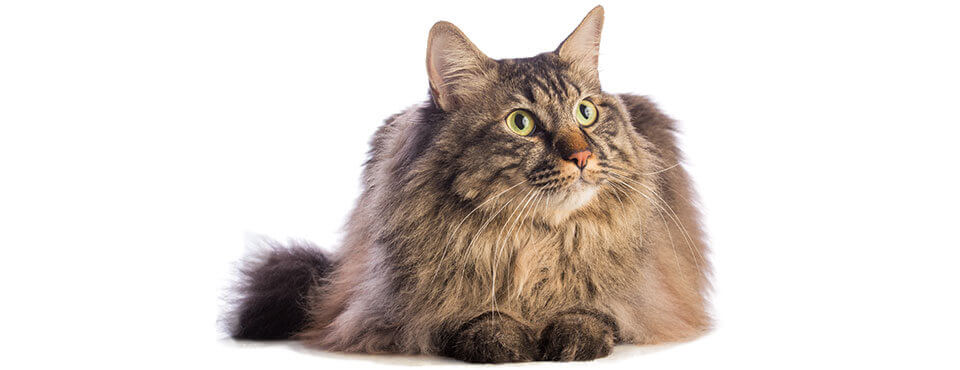Parasites are often tiny, measuring only a few millimeters in length and milligrams in weight. But they have posed threats to us and our animals for millions of years, across the entire planet.
The key to their success has been their ability to keep evolving. As the journal PLOS Biology noted in 2010: “It is widely appreciated that parasites are prone to rapid evolution, and because of their often short generation times and large population sizes, parasites may evolve far more rapidly than their hosts.1”
Due to rising temperatures, it is likely that the threat from parasites will evolve at a faster rate than ever2. So, if we want to keep our pets (and our families) safe, we need to understand their evolution – and what we can do to react.
Parasites, dogs and people–evolving together
The story of humans, dogs, cats and the parasites that infect our pets and us is closely intertwined.
Animal parasites first evolved millions of years ago. But it was our domestication of animals that gave parasites a real opportunity to expand their numbers and reach our cows, sheep, cats and dogs.
Human evolution meant that we and animals started living closer together, often in unsanitary conditions. This created an ideal situation for parasites to evolve and spread further.
And now rising temperatures are seeing parasites appear in unexpected places and at unexpected times of the year. As experts Muriel Marion and Jacques Guillot note:

“WHAT WILL BE EASIER TO MEASURE IS THE INDIRECT INFLUENCE OF RISING TEMPERATURES THROUGH THEIR OWNER […] PEOPLE ARE LIKELY TO CHANGE THEIR HABITS WITH THEIR PETS, AND THIS WILL INEVITABLY INFLUENCE THE WAY OF LIFE OF OUR PETS.”
Developing the ideal environment for our dogs to catch parasites
Much of what we consider civilised, modern convenience has been equally accommodating for parasites.
Modern homes provide the perfect micro-habitat for external parasites which infest our pets, notably fleas. Cats and dogs often live in warm houses, surrounded by the rest of their family. So parasites like fleas, which thrive in warm conditions, can remain active for long periods and find new hosts.
Parasites are being further benefited by urbanisation, which is creating ever-denser communities of humans and animals. The green spaces in urban areas provide common areas for wildlife and pets, enabling parasites to move from wild to domestic animals – and enter our homes and gardens.
At the same time, the increasingly popular trend of pet travel means dogs are coming into contact with parasites that aren’t found in their home area. These parasites can transmit ‘exotic’ diseases and latch onto the dogs, accompanying them back home. If this happens many times over, a parasite-transmitted disease could become established in a new area.

Rising temperatures, increasing risk
Now, with rising temperatures and shorter winters, parasites that were confined to certain parts of the world by their need for warmer weather are being presented with a new opportunity to expand their operations still further.
What we can do…
Thankfully, we now possess a huge range of treatments and preventative measures to counter parasites in cats and dogs. With these assets, we can create effective protection plans all year-round.
These plans should be based on regular visits to the veterinary clinic. Your vet will advise you on the best way to protect the health of your cats and dogs, providing tailored guidance to suit their age, breed, lifestyle and locality.
And, as the risk of parasites spreads, it’s important that we spread knowledge about how to stop them. You can play a key role in protecting pets everywhere by sharing MyPet’s insights with other pet owners.
Share this article with friends and family today.
To sum up:
- Ask your vet about the risks in your area
- Keep your pet protected year-round
- Be aware of new threats through MyPet.com
- Spread your knowledge and share MyPet.com with your loved ones!
Your vet plays a big role in your pet’s health. Enter your location and get a list of vets near you.
FIND A VET1. Kochin, B. F., Bull, J. J., & Antia, R. (2010). Parasite evolution and life history theory. PLOS Biology, 8 (10), e1000524. https://doi.org/10.1371/journal.pbio.1000524
2. Hoberg, E. P., & Brooks, D. R. (2015). Evolution in action: climate change, biodiversity dynamics and emerging infectious disease. Philosophical Transactions of the Royal Society B: Biological Sciences, 370 (1665), 20130553. https://doi.org/10.1098/rstb.2013.0553
















 Go To United States
Go To United States Austria
Austria Belgium
Belgium Czech Republic
Czech Republic Denmark
Denmark Europe
Europe Finland
Finland France
France Germany
Germany Greece
Greece Hungary
Hungary Ireland
Ireland Israel
Israel Italy
Italy Netherlands
Netherlands Norway
Norway Poland
Poland Portugal
Portugal Romania
Romania Saudi Arabia
Saudi Arabia Slovakia
Slovakia Spain
Spain Sweden
Sweden Switzerland
Switzerland Turkey
Turkey United Kingdom
United Kingdom